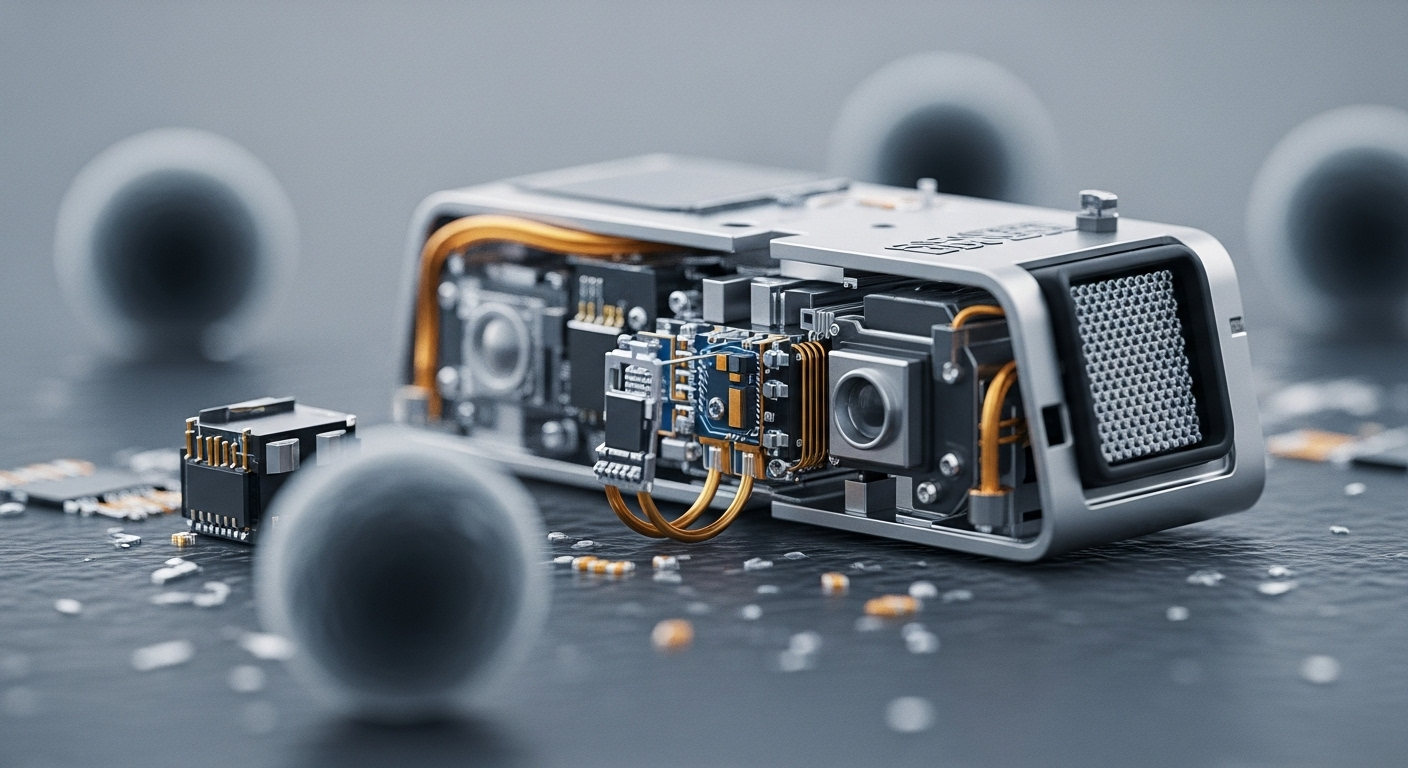The Emergence of Smart Dust: A Miniature Marvel in the Tech Universe
The tech world is continually evolving, introducing innovations that redefine our understanding of what's possible. One such breakthrough is 'Smart Dust,' tiny, wireless micro-electromechanical sensors (MEMS) that can detect everything from light and temperature to vibrations and chemical compositions. Let's delve into this compelling topic and explore how it's shaping our future.

A Brief History of Smart Dust
The concept of Smart Dust was first proposed in the early 1990s by researchers at the Defense Advanced Research Projects Agency (DARPA) and the Research And Development Corporation (RAND). The initial idea was to create an autonomous sensing and communication system within a cubic millimeter, which seemed far-fetched at the time. However, technological advancements over the years have made this concept a reality.
The Intricate Design of Smart Dust
Smart Dust devices are incredibly small, with some even comparable to a grain of sand. Despite their tiny size, they house an integrated system consisting of a microcontroller for processing, a sensor to detect changes in the environment, a photovoltaic cell for power, and a communication component for wireless data transfer. These sensors can be scattered or sprayed over an area to monitor specific conditions, creating an invisible network that offers real-time data.
Smart Dust in the Present: Modern Applications and Innovations
Today, Smart Dust technology is being explored in various sectors. In agriculture, these sensors can monitor soil conditions and crop health, providing farmers with vital data to increase yield and reduce waste. In healthcare, Smart Dust can track internal body functions, enabling early detection of diseases. The military is also interested in Smart Dust for surveillance and battlefield intelligence.
Recent advancements include the development of ‘neural dust’ by researchers at the University of California, Berkeley. This tiny, wireless sensor can be implanted in the body to monitor nerves, muscles, and organs in real-time.
The Market Impact and Pricing of Smart Dust
As for its market impact, the Smart Dust technology market is expected to grow significantly in the coming years. According to a report by Market Research Future, the global Smart Dust market is projected to reach approximately $3 billion by 2023, growing at a CAGR of 64% during the forecast period (2017-2023).
The price of Smart Dust devices remains a matter of speculation as the technology is still emerging. However, considering the size and complexity of these devices, they are likely to be priced on the higher end of the spectrum.
A Glimpse into the Future
While Smart Dust holds immense potential, there are still challenges to overcome, including privacy concerns, power management, and ensuring the robustness of these tiny devices. Nevertheless, the promise of creating an invisible network of sensors capable of monitoring the world in unprecedented detail is truly exciting. As we continue to push the boundaries of technology, the concept of Smart Dust is becoming less of a science fiction dream and more of a reality. This miniature marvel in the tech universe is set to play a significant role in shaping our connected future.




